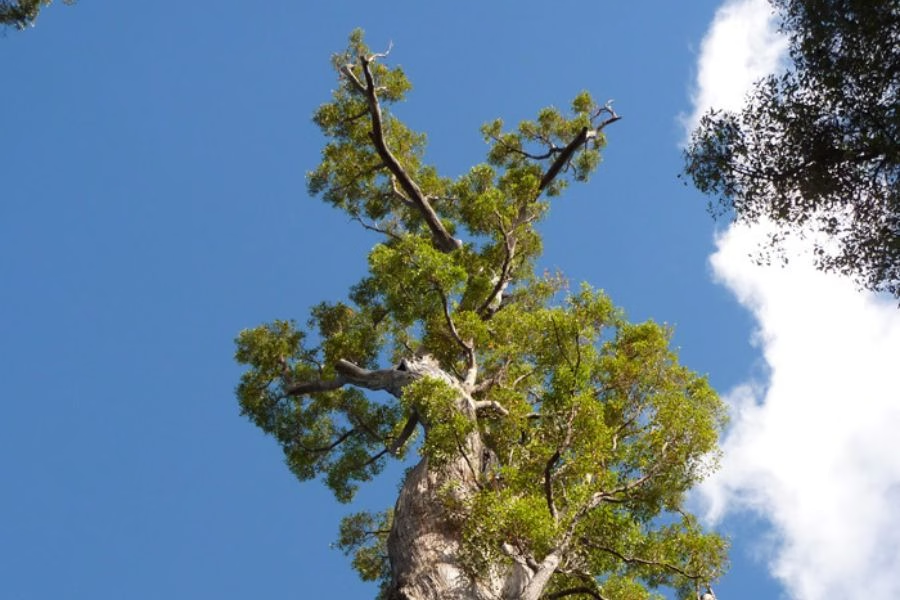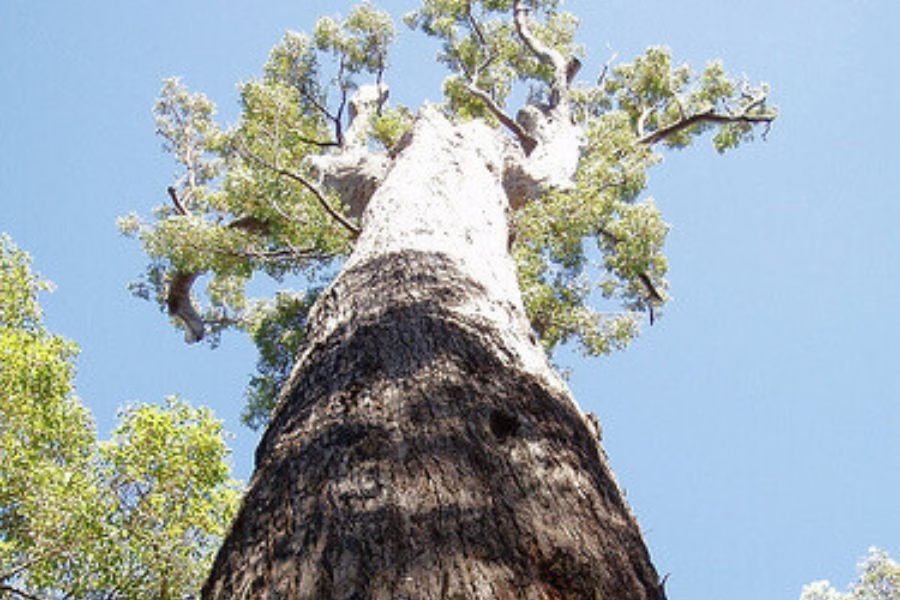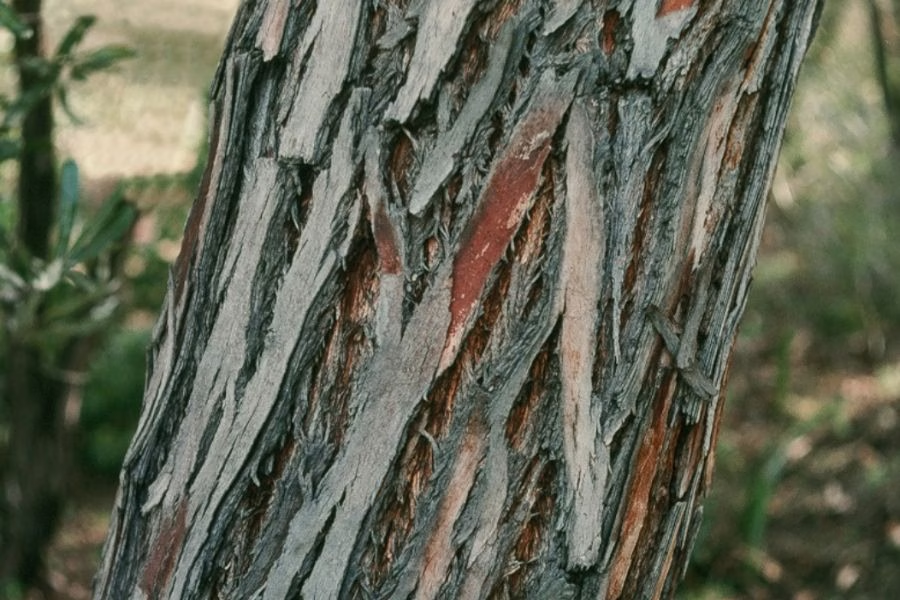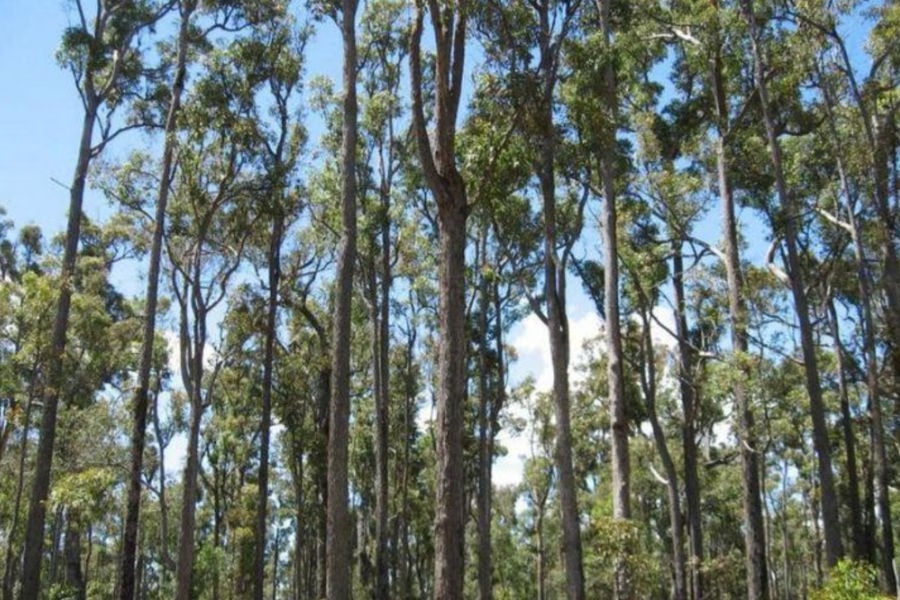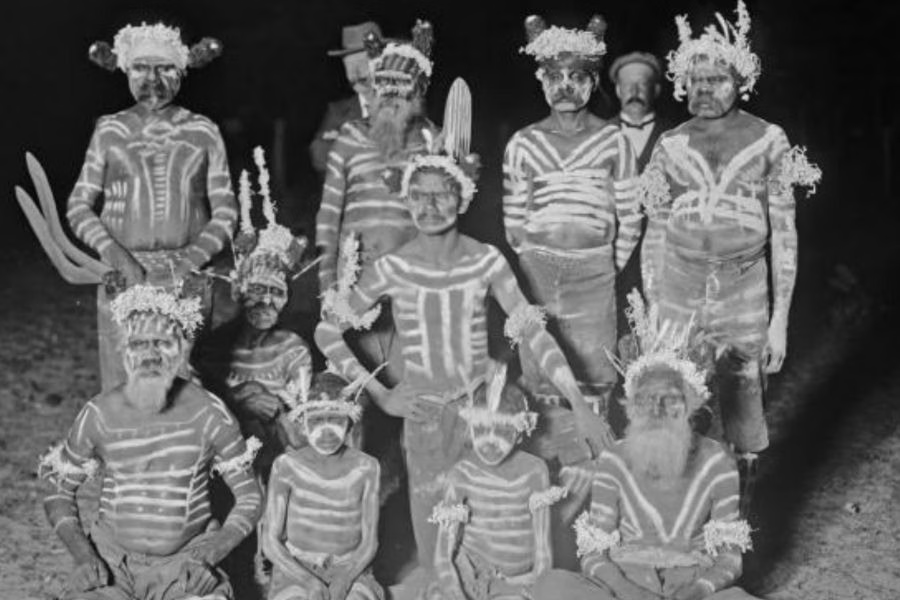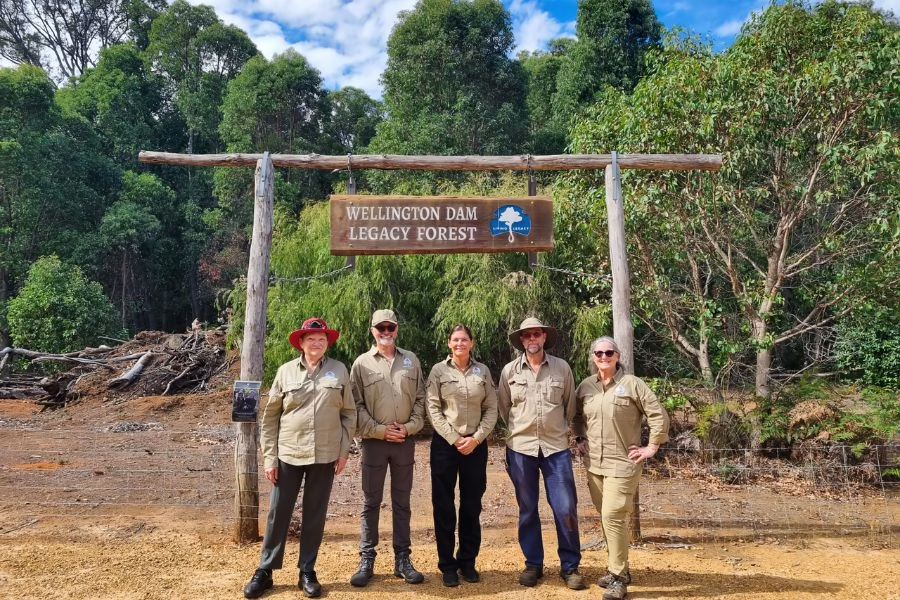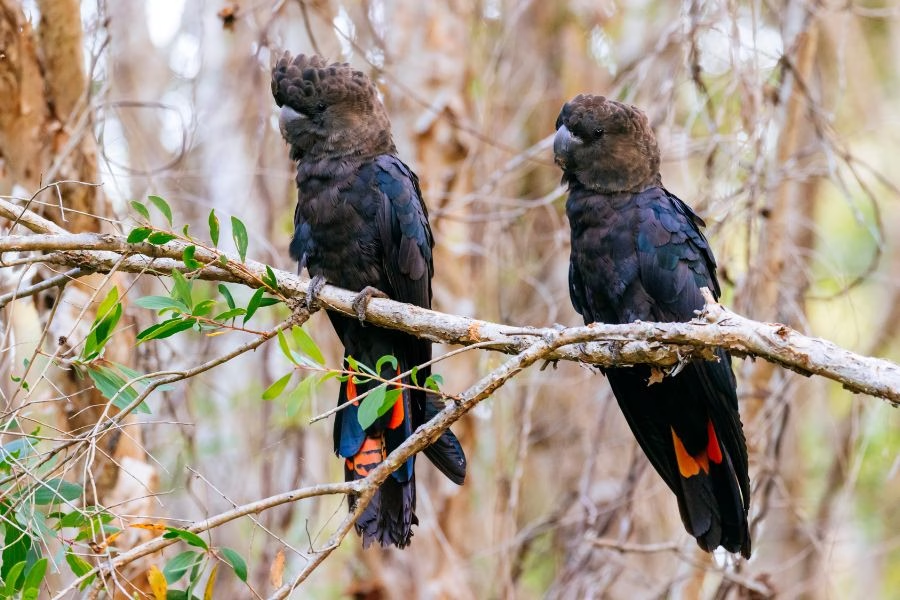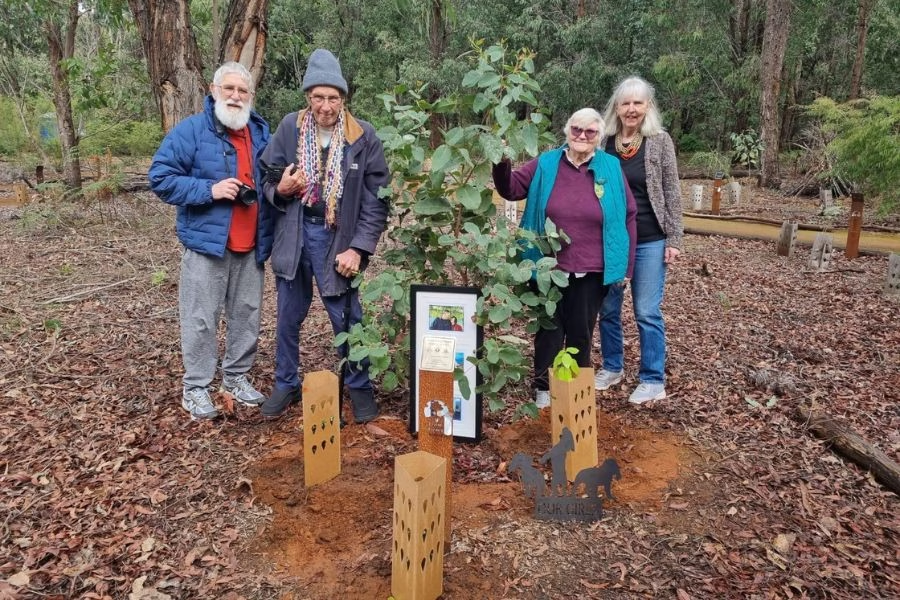You can book a tour of Wellington Dam Living Legacy Forest and learn firsthand the entire process of Living Legacy Trees while enjoying the lovely forest.
Schedule a call with us at Wellington Dam Forest
Let's connect! Fill out the form below to schedule a call at a time that works best for you.
If you need to reach us directly or need directions, our number is 0427 096 944.
